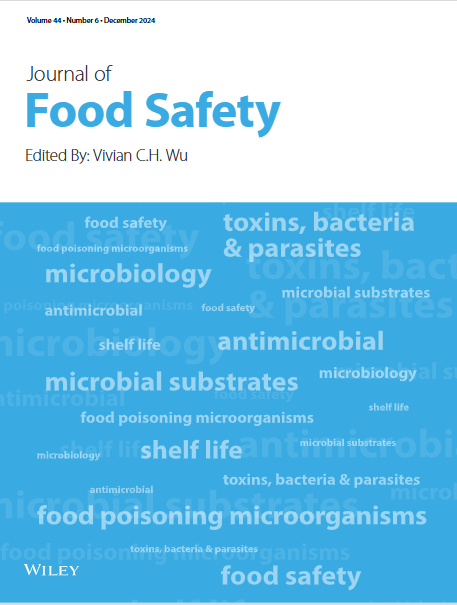Application of Antioxidant- and Antimicrobial-Rich Extracts From Hass Avocado Pulp in the Development of Chitosan/Gelatin-Based Active Packaging Films for Raw Meat Preservation
Abstract
In the present study, the ethanolic extracts derived from Hass avocado pulp were observed to exhibit exceptional bioactive qualities and demonstrate bactericidal efficacy against a wide range of microorganisms, encompassing both gram-positive and gram-negative bacteria, as well as fungi. Therefore, this work aimed to develop a biodegradable active film by incorporating the Hass avocado extracts into chitosan/gelatin-based film (HGCF) for the preservation of beef and pork. The study reveals that the chitosan/gelatin-based film (GCF) and HGCF exhibit significant water stability and absorption capabilities. HGCF offered the synergy of antimicrobial properties of Hass avocado extracts and high swelling in water of chitosan/gelatin blend to absorb liquid discharged from fresh meat for prolonged storage. HGCF demonstrated a significant effectiveness in controlling microbial density in comparison to uncoated samples and samples coated with plain gelatin/chitosan film. In detail, HGCF was able to partially eliminate Staphylococcus aureus and Escherichia coli during storage, resulting in the densities after 14 days that were similar to those of uncoated meat samples after 6 days. These results demonstrate the potential of HGCF as active packaging for food preservation and advance the sustainable production and preservation of meat products.


 求助内容:
求助内容: 应助结果提醒方式:
应助结果提醒方式:


